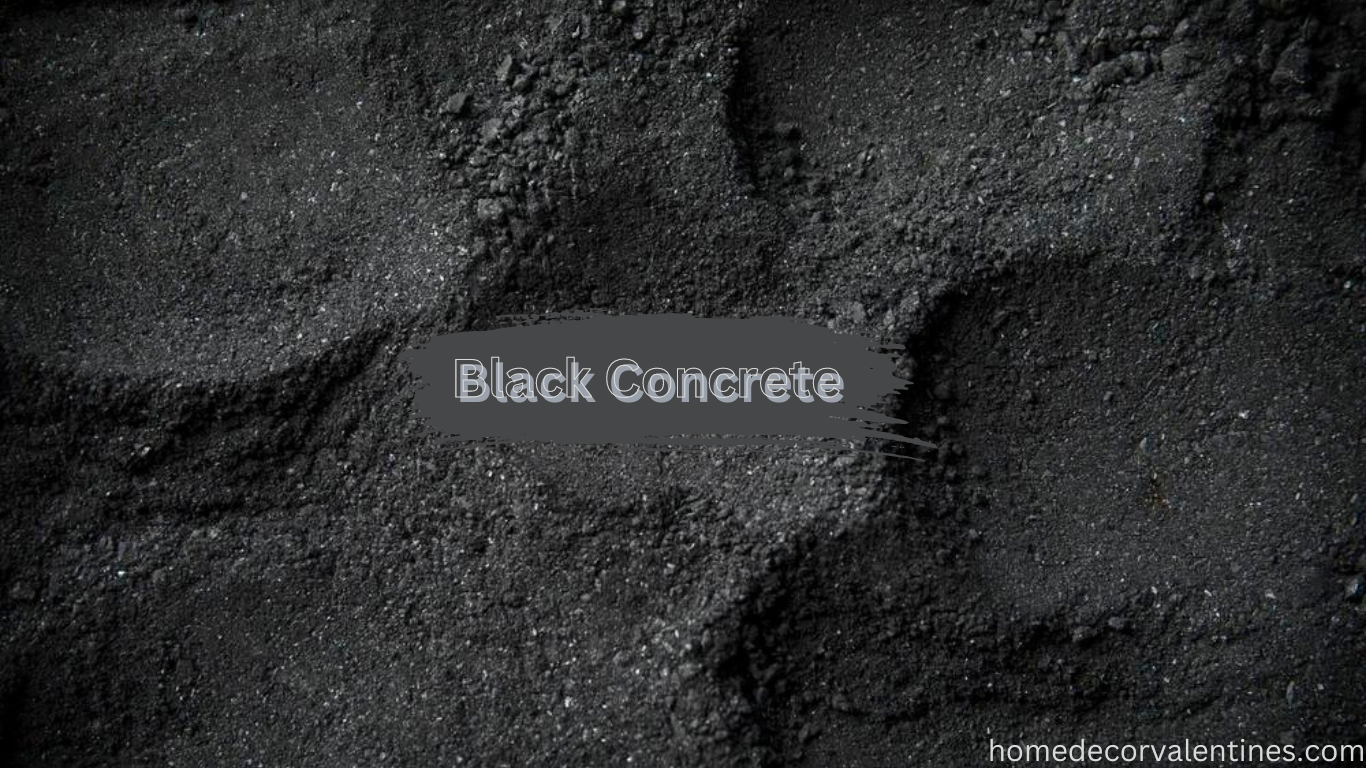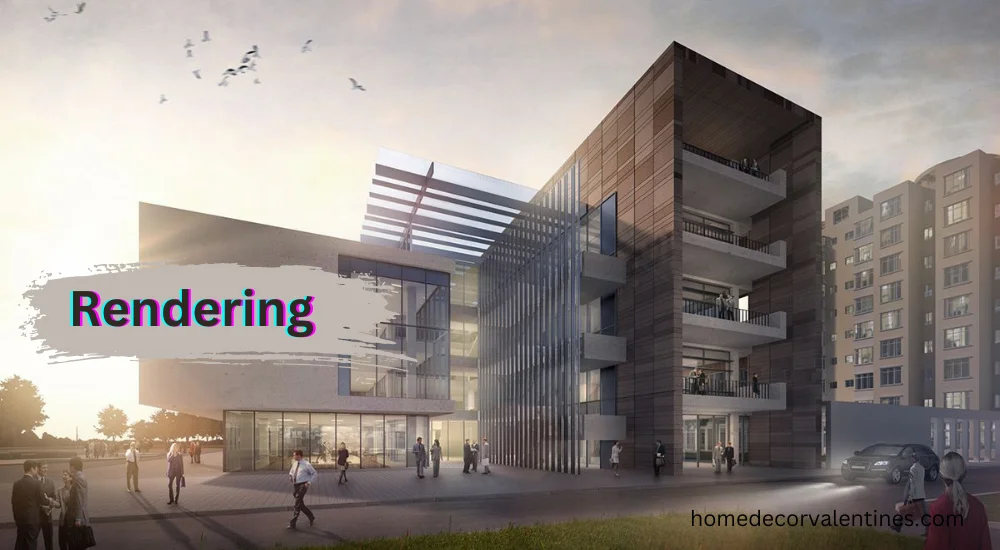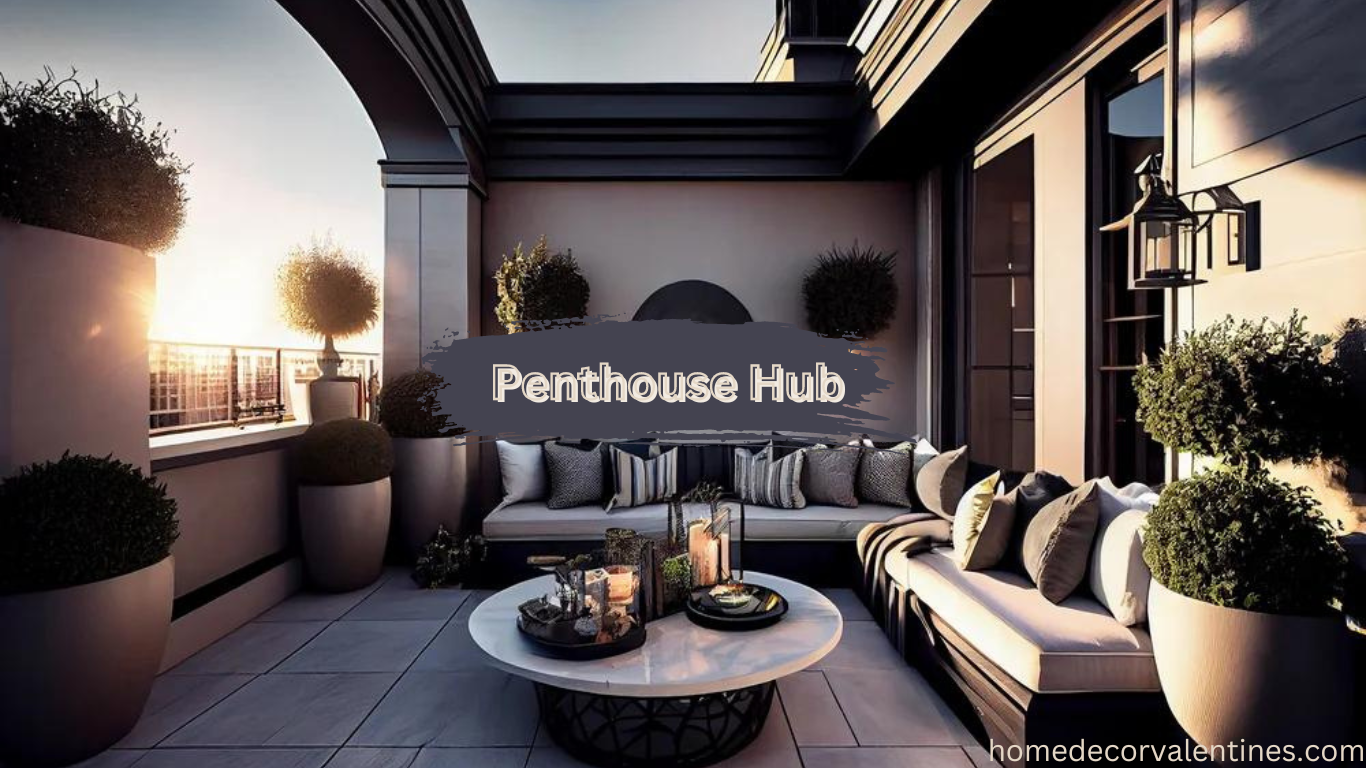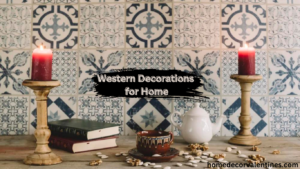Unleashing the Beauty of Black Concrete
Black concrete is more than just a building material; it’s a statement of elegance and modernity. This unique material, with its deep, rich hues, has become increasingly popular in contemporary design. Its versatile nature and aesthetic appeal make it a favorite among architects and designers.
The History and Evolution of Black Concrete
Early Uses in Ancient Civilizations
While black concrete might seem like a modern innovation, its roots can be traced back to ancient civilizations. Early forms of concrete were used by the Romans, who incorporated volcanic ash to create a durable and resilient material. However, the concept of coloring concrete, particularly to achieve a black hue, was not explored extensively until much later.
Modern Rediscovery and Innovations
The modern rediscovery of black concrete is primarily credited to advancements in materials science. With the development of new pigments and additives, creating concrete with a uniform black color has become feasible. Innovations such as integral color and surface treatments have allowed for more consistent and durable results, pushing concrete into the spotlight of architectural trends.
Benefits of Using Black Concrete
Durability and Strength
One of the primary benefits of black concrete is its durability. Like traditional concrete, it is solid and long-lasting. The addition of black pigments does not compromise its structural integrity. Instead, it maintains the same robustness while offering a distinct aesthetic.
Aesthetic Appeal
Black concrete stands out due to its unique and striking appearance. It offers a bold contrast to lighter materials and can create dramatic effects in both interior and exterior spaces. Whether polished to a high gloss or left with a matte finish, this concrete adds a touch of sophistication to any design.
Versatility in Design
The versatility of black concrete is another significant advantage. It can be used in a variety of applications, from flooring and countertops to structural elements and decorative features. Its ability to blend with both modern and traditional design styles makes it a highly sought-after material.
How to Incorporate Black Concrete into Design
Interior Applications
Incorporating black concrete into interior design can transform a space. It is commonly used for flooring, offering a sleek and modern look. Concrete countertops and sinks are also popular, providing a unique alternative to traditional materials like granite or marble.
Exterior Applications
For exterior uses, black concrete can be found in patios, walkways, and facades. Its durability makes it ideal for outdoor environments, where it can withstand the elements while maintaining its striking appearance. Outdoor furniture made from concrete also adds a contemporary touch to garden and patio areas.
Commercial Spaces
In commercial spaces, black concrete is often used to create a modern and professional atmosphere. It is employed in retail stores, restaurants, and office buildings, where its clean lines and bold color can make a strong visual impact. Additionally, this concrete’s durability is well-suited to high-traffic areas.
Maintenance and Care for Black Concrete
Cleaning Tips
Maintaining the beauty of black concrete requires regular cleaning. For interior surfaces, a mild detergent and water solution is typically sufficient. For exterior surfaces, a pressure washer can be used to remove dirt and grime. It’s important to avoid abrasive cleaners that could damage the surface.
Sealing and Protection
Sealing is essential to protect black concrete from stains and wear. A high-quality concrete sealer will help to maintain the color and finish of the surface. Depending on the level of use, resealing may be necessary every few years to ensure continued protection.
Repair and Restoration
Over time, even the most durable materials may require some repair. Small cracks or chips in black concrete can be fixed using a patching compound that matches the original material. For larger areas of damage, professional restoration services may be needed to restore the surface to its original condition.
Innovative Uses of Black Concrete in Architecture and Design
Artistic Installations
Black concrete is not just for functional purposes; it is also used in artistic installations. Sculptors and artists appreciate its ability to hold intricate details and create striking contrasts. Public art pieces made from concrete can be found in urban environments, adding an element of creativity and intrigue.
Sustainable Building Practices
In the realm of sustainable building practices, black concrete plays a crucial role. It can be produced using recycled materials and local resources, reducing its environmental footprint. Additionally, its thermal mass properties help to regulate indoor temperatures, contributing to energy efficiency.
Future Trends
The future of black concrete in architecture and design looks promising. As technology advances, we can expect to see even more innovative applications and improved sustainability practices. The demand for unique and eye-catching materials will likely continue to drive the popularity of concrete.
Conclusion
Black concrete has undoubtedly made a significant impact on modern design and architecture. Its combination of strength, beauty, and versatility makes it an exceptional material for a wide range of applications. Whether used in interiors, exteriors, commercial spaces, or artistic projects, this concrete offers endless possibilities for creativity and innovation. As we look to the future, its role in sustainable and cutting-edge design will only continue to grow.
Share this content:














Post Comment